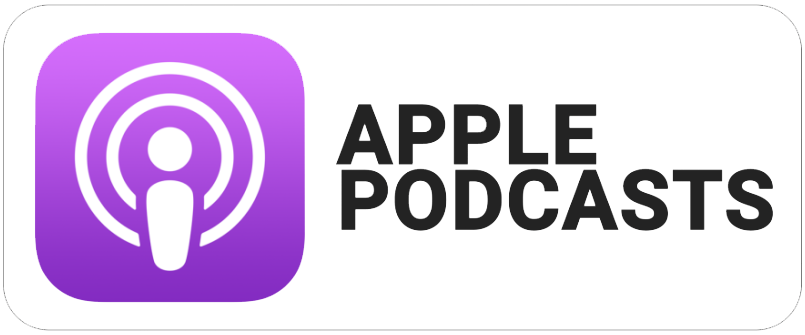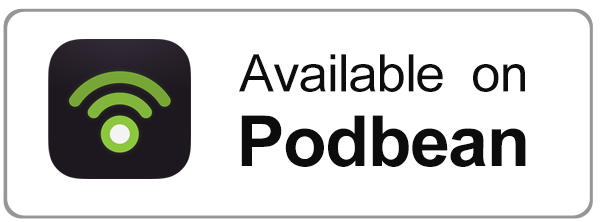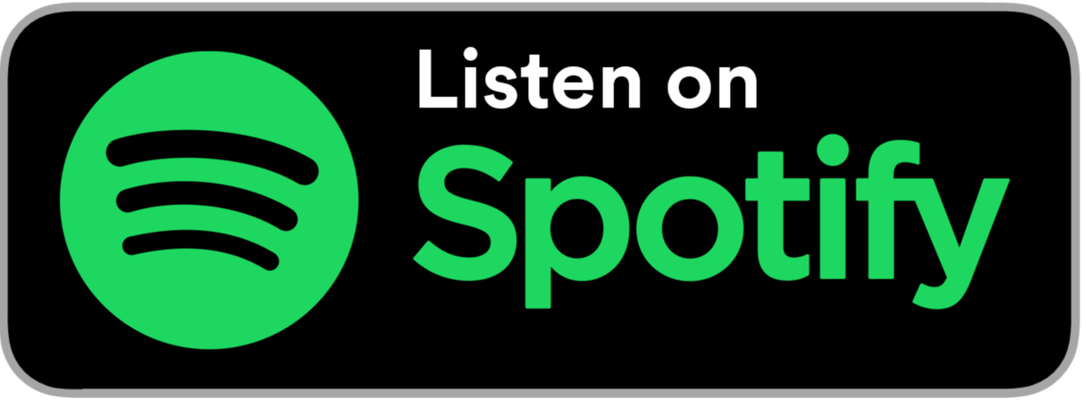Transcript
Hello listeners. We are excited to BLaST the Airwaves with you today and provide educational solutions for all. My name is Rebecca Gibboney and I am the Curriculum and Online Learning Specialist here at BLaST Intermediate Unit 17. I am thrilled to welcome you to this episode of BLaST the Airwaves. Today, we will be discussing a common struggle among educators across the commonwealth: engagement. First, we must lay the foundation and define engagement to gain a better and common understanding. Let’s blast the airwaves!
How engaged are you right now? It’s an interesting question because it all depends on how you define engagement. In my years as an instructional coach, I always wrestled with the idea of engagement. There are so many different ways to be engaged and yet if there is no common definition, how can we ever get to the end goal of teacher engagement or even more specific, student engagement?
I think about now. How engaged am I in my day to day work as a Curriculum Specialist? How engaged are you as an administrator? A classroom teacher? A paraprofessional? A secretary? To be honest, every day is different. My level of engagement fluctuates every single day. Some days, I am roaring to go, jump out of bed, and ready to conquer the day. And other days, I need that extra espresso shot in my Dunkin’ coffee.
Every day is different. And it is the same for our students. Days where they are fully engaged and ready to learn. Other days where they switch off their microphones and cameras to turn to something else, something they find more engaging.
However, here I find myself again, in this moment, only defining engagement as the level of energy someone brings, on that day, at that moment. When, really, engagement is so much more. Engagement is more than just turning in assignments. It’s beyond raising their hand to participate. It’s more.
One of my first assignments in my job here at BLaST Intermediate Unit 17 was a professional development on student engagement. Nothing like diving right in. I was really excited, at first; and then, then…it hit me. The topic I have contemplated for so long…so long… and I couldn’t even define it at the moment. it was time, then, to really zone in on it. It was then our executive director, Dr. Christina Steinbacher-Reed, and my supervisor, Brooke Beiter, started educating me deeper on the three dimensions of engagement: behavioral, cognitive, and emotional.
That was it. It all started to make sense to me. Not only could I understand these different levels of engagement, I could relate. I could relate to me, as a student and I could imagine my own students, too, in each of these levels of engagement.
So, let’s lay the foundation, the groundwork. Let’s define engagement for what it’s worth.
Behavior engagement: We all can picture this student. The student who ‘plays school’ well. We recognize these behaviors as student participation and assignment completion. They do what they need to do to get that passing grade. Sometimes, this is okay. There might not be a student that is fully interested in your content or your class. Be honest with yourself, you can probably picture a student or a few that may fit this mold. I know that I had them in my class, too. In fact, I hate to admit it, I can even identify myself, as this student, at some points in my academic career; and, maybe you can too.
Cognitive engagement: Our students who are engaged with their learning. Not just school and ‘playing school’, but the psychological effort to do well. They want the challenge and self-regulate their progress. They plan, set goals, and solve problems.
Emotional engagement: the affective (with an a) part of learning. They want to learn because they have an interest, a relationship, with the content. They feel a sense of belonging not only to the content but the class and his or her peers. These students pose questions, engage in discussions, seek help, and are curious.
Let’s take a step back. Let’s pause for a moment. We are not defining these different levels to say one is better than the other or one is right and one is wrong. Quite the contrary. We are identifying these levels to raise awareness. To understand our students on a different level and find ways to understand where they fall as learners. The reality is, just like you, and just like me, a student can fluctuate day to day between each of these levels. One unit they could be emotionally engaged and the next behaviorally engaged. It’s a reality. The goal, for us as educators, to get our students to a point where the levels of engagement perfectly overlap in a sweet spot. We want our students to be setting goals and progress monitoring for themselves. We want students to be asking questions, curious to learn more. We want our students to be doing work and paying attention. Ultimately, we want our students to sit in the driver’s seat, fully engaged with not just ‘doing’ but also ‘driving’ their learning.
It is not something that is easy, I promise you that. In fact, while we battle our own levels of engagement daily, we continue to fight the biggest battle of all–student engagement. It was a problem years ago, it was a problem two years ago, it was a problem yesterday ,and it is still a problem today. We have always been fighting this battle and, if I had to guess, we will continue to battle. Yet, as I have challenged you (and myself) in previous episodes, I will challenge you again. We can’t win all of our battles. We can only control what we can control. I tend to ask, then, Is this–student engagement–a battle worth fighting for? What can you control in your own teaching, in your own classroom or virtual space, with your own students, what can you control that will help increase engagement for your students?
To me, student engagement, that is a battle worth fighting for because one student’s education could change his or her life. It could change our lives. Tomorrow, scan the classroom while your teaching. Pay attention over the next week. How engaged are your students? Start there. Raise your own awareness.
We would like to thank you for blasting the airwaves with us today. If you like the show, please subscribe or leave a review. If you want to know more. Check out www.iu seventeen.org for further resources and show notes. As always, we want to thank you for what you do every single day. Remember, keep shining. We’ll be back next episodes to provide you another educational solution for all as we continue to transform lives and communities through educational services.
Additional/Suggested resources mentioned in the episode:
The Distance Learning Playbook by Douglas Fisher, Nancy Frey, and John Hattie
BLaST Intermediate Unit 17 – www.iu17.org
Professional Learning Opportunities at BLaST IU 17 – https://www.iu17.org/professional-learning/



